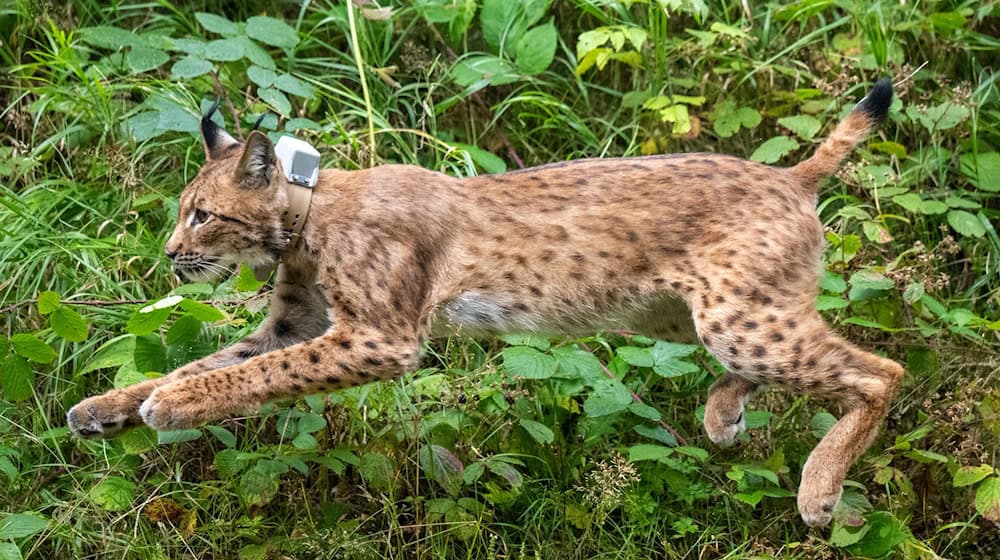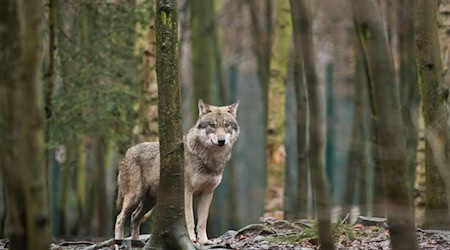Lynx Anton is only hesitantly exploring his new home in the Westerzgebirge. The animal, which is fitted with a GPS collar, spends most of his time where he was released from his transport box last Monday. He is behaving just as cautiously as the other two cougars Juno and Chapo after their release into the wild, as Karin Bernhardt, spokeswoman for the State Office for the Environment, Agriculture and Geology, explained on request. However, it can be assumed that he will steadily increase his radius.
Only a few hours after being released into the wild, one-and-a-half-year-old Anton returned to his "release site". Later, there were no signals from him because he was probably in a dead zone. For the experts, the behavior is not surprising. "As lynxes that were born and raised in an enclosure, the animals have different requirements than the two female lynxes Nova and Alva that were captured in the Swiss Jura. Anton still has to learn that his movements are no longer restricted by a fence and that he has to prey on his own," said Bernhardt. His two conspecifics that have been released into the wild have succeeded in doing this.
Anton grew up in a large breeding enclosure in a Belgian zoo and has been prepared for his release into the wild over the past few months in the coordination enclosure of the wild cat village of Hütscheroda in Thuringia. He had passed all the behavioral tests and health checks required for release into the wild. Saxony plans to release 20 lynx into the wild by 2027. Wild-caught animals, mainly from Switzerland, and breeding animals from zoos will be used. So far, three males (Kuder) and two cats have been released. Alongside Thuringia and Baden-Württemberg, Saxony is the only federal state to reintroduce the endangered species. The largest populations in Germany are in the Harz Mountains and the Bavarian Forest.
Copyright 2024, dpa (www.dpa.de). All rights reserved










